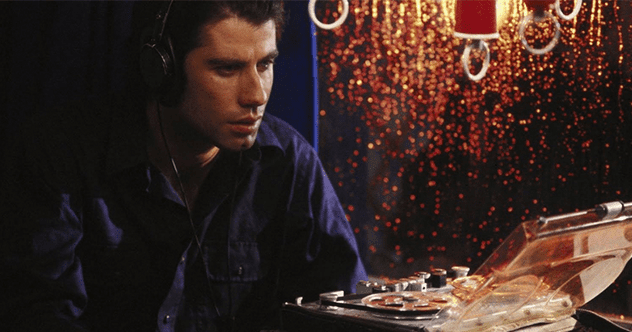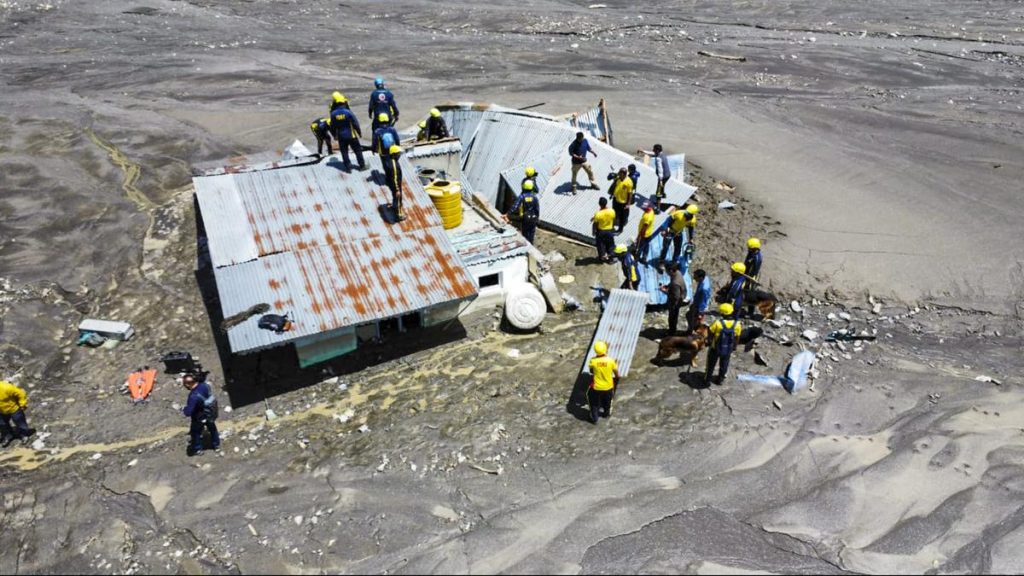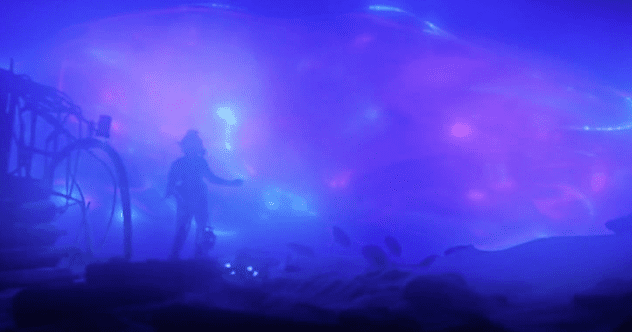Now Reading: 10 Spine-Chilling ’80s Thrillers That Capture the Era’s Analog Charm
-
01
10 Spine-Chilling ’80s Thrillers That Capture the Era’s Analog Charm
10 Spine-Chilling ’80s Thrillers That Capture the Era’s Analog Charm

Quick Summary
- The 1980s were a golden era for psychological thrillers, marked by analog aesthetics, practical effects, and methodical pacing.
- These films used physical props and environmental ambiance to create suspense in the absence of CGI or digital reliance.
- Movies like Blow Out (1981), Videodrome (1983), and The Dead Zone (1983) highlight analog technologies transforming into tools of horror or paranoia.
- Titles such as Manhunter (1986) emphasized pre-digital investigation techniques with tangible elements like crime scene photos and videotapes driving the narrative tension.
- Films like Body Double (1984) showcased surveillance themes with voyeuristic storytelling techniques reliant on physical film equipment.
- Practical effects shone through movies such as The Entity (1982) (invisible supernatural assaults) or The hunger‘s aging makeup (vampire lore with analog undertones) to create authentic unease.
- Iconic titles, including Stanley Kubrick’s celebrated masterpiece, The Shining, capitalized on physical settings’ looming isolation for lasting terror.
Indian Opinion Analysis
this piece serves as a testament not only to the evolution of filmmaking but also to how psychological thrillers leveraged available technology in imaginative ways during the 1980s. The highlighted use of practical effects over digital tools underscores creative problem-solving that remains relevant even in India’s cinematic landscape today.
India’s film industry could draw from this retrospective approach by blending modern technical prowess with grounded storytelling rooted in atmosphere rather than relying solely on computer-generated enhancements. Reassessing older methods may inspire future Indian creators to focus more on building psychological intrigue through environmental cues and minimalist techniques-a potentially enriching shift amidst increasing reliance on visual spectacle.
























